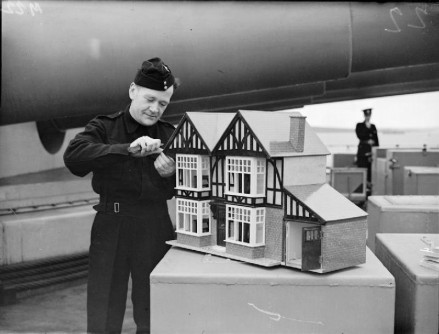Philanthropists are acknowledging in their conversations and in their giving that money matters, but it doesn’t matter as much as relationships. And money goes furthest when it can leverage relationships in a very place-based context.
Most of today’s philanthropists strive to meet the needs of their hometowns, and some of the biggest names in American philanthropy include among their multiple areas of focus a program dedicated to their local community. But today there is renewed attention in philanthropic circles to the serious value of targeted local investments where the impact can be seen among neighbors.
The Aspen Institute recently hosted a convening of over fifty philanthropists to talk about giving locally. It was entitled, “Towards a Better Place: A Conversation about Promising Practice in Place Based Philanthropy.” The Aspen convening paper notes a “welcome trend towards supporting communities and places of high need.”
The paper points out that the Lumina Foundation and the Ford Foundation have undertaken recent new place-based initiatives. The California Endowment, the Kellogg Foundation, and the Knight Foundation have intensified their commitment to their local communities or regions. The goal of the meeting, then, was “to capitalize on this resurgence of place based grantmaking and address these key questions and more as they relate to investing in place.”
The list of attendees at the convening reveals the diversity of the philanthropists who have taken an interest in place-based investments. They included program officers from big national foundations like the Annie E. Casey Foundation, the Robert Wood Johnson Foundation, and the Bill and Melinda Gates Foundation, representatives of community foundations in places like North Texas and San Diego and Boston, and directors of various family foundations that tend to focus their investments in local and regional areas (via shacory). Event materials refer to the distinction between “funders who are from the place and funders who are not,” but both kinds of funders have come to share an interest in place-based giving.
It’s good that all of these funders are talking together about local communities. As the convening paper says,
There is a need for national and state level funders to better understand the work of local funders, as well as the local context and culture including race, class and politics when partnering in places. Collectively, philanthropy can do a much better job of taking into account the local ecology before investing in a place. As part of these interactions, local funders also need to think about how they can work with and leverage the resources that national/regional funders are bringing to the table.
Local philanthropy is a different kind of thing from the glitzy national movements and world-saving missions we often associate with big foundations, but this growing philanthropic interest in building things up close to home is a welcome development for those who know the value of place.
Audrey Haberman, managing director of The Giving Practice, summarized a central point of the Aspen meeting in a post at Philanthropy Northwest:
A strong theme that ran through the case studies, best practices and lessons learned was how important and valuable it is to develop trusting relationships. Human connection and belonging are key to building community. When people are connected, seen and heard, they are better able to work together to find common vision and new solutions for their neighborhood, zip code, city or county.
Philanthropists are acknowledging in their conversations and in their giving that money matters, but it doesn’t matter as much as relationships. And money goes furthest when it can leverage relationships in a very place-based context.







1 thought on “Place-based philanthropy”